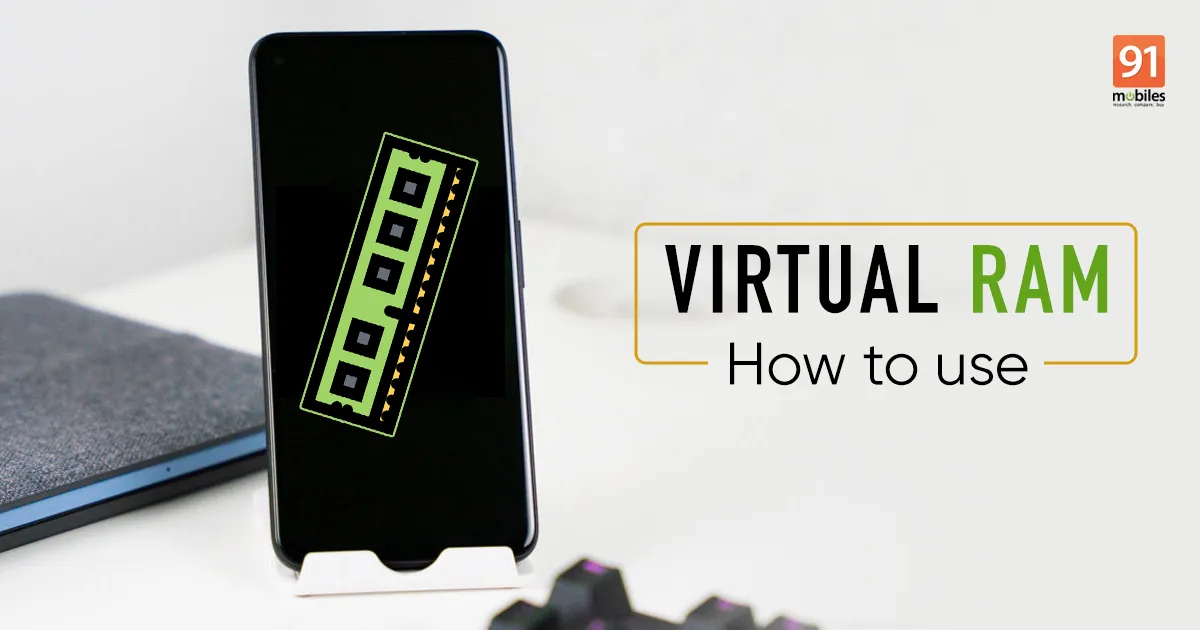How It Works Virtual RAM on Android Devices

Virtual Slam, further known as swap space or paging record, is an innovation used by working frameworks to allow parcels of capacity gadgets, such as internal capacity or an SD card, as additional memory. By using the accessible physical smash can be increased. In the domain of Android gadgets, the concept of Virtual Smash has been considered, but its feasibility and common sense proposition are almost in question. This article aims to provide a comprehensive understanding of Virtual Smash on Android gadgets, its usefulness, benefits, pitfalls, and whether it is beneficial or just an exhibition trick.
Understanding Virtual Smash on Android
Virtual Smash plans to lighten memory requirements by allowing the working framework to use capacity space as a supplement to physical Smash. When the physical slam becomes insufficient to oblige all moving forms and information, the working framework exchanges at least some of the information from smash to virtual memory space on the capacity device.
How Virtual Slam Works in Real Life on Android Devices
When an Android gadget with Virtual Slam experiences memory weight, the working framework recognizes inactive or less frequently used information in Slam and replaces it in virtual memory space on the capacity gadget. . This frees up the body slam to get more basic forms or regular information. When the changed information is needed once again, the working framework retrieves it from the virtual memory space and reestablishes it on RAM.
Advantages of Virtual Slam on Android Devices:
Enhanced Multitasking Capability: Virtual Smash can empower Android gadgets to handle more apps at the same time without facing app shutdown due to memory shortage.
Improved Framework Soundness: By increasing the capacity of accessible memory, Virtual Smash avoids framework crashes, freezes, and slowdowns caused by insufficient RAM.
Improved performance for low-RAM gadgets: Virtual Slam can be particularly beneficial for entry-level or budget Android gadgets with limited physical specs, as it addresses moderate memory limitations.
Limitations and Precautions:
Performance overhead: Using a virtual slam involves additional overhead, as exchanging information between the slam and the capability causes inactivity compared to receiving information directly from the slam. This can lead to minor corruption, especially on gadgets with slow storage.
Storage Wear: Continuous use and compose operations for a gadget capable of using virtual slam can contribute to increased wear and tear on the capability medium, possibly shortening its lifespan.
Compatibility and Optimization: Virtual Slam’s implementation is quite limited depending on components such as gadget devices, program optimization, and specific use cases. Not all Android gadgets can benefit from the Virtual Slam functionality equally.
Is Virtual Slam worth it on Android gadgets?
The viability of Virtual Smash on Android gadgets ultimately depends on a variety of variables, including device equipment determination, program optimization, and client usage design calculations. While Virtual Smash can offer considerable benefits such as the scalability of multitasking and the stability of the Stride framework,
This effect may be more noticeable on gadgets with limited physical smash or more experienced device setups. Be that as it may, clients should weigh the potential implementation overhead and capacity wear against the recently seen benefits of enabling Virtual Smash on their Android devices.
Result:
Virtual Slam deals with a mechanical advancement that is indicated to address the memory requirements on Android gadgets and expand the accessible memory capacity through the use of capacity space. While it can offer benefits such as upgraded multitasking capability and forward-looking framework stability, clients should consider the constraints and implementation suggestions associated with virtual RAM empowerment for some time.
As Android gadget producers continue to improve and improve the Virtual Smash process, it remains a particular concern as to the potential impact it has on major gadget implementations and client conflicts.







